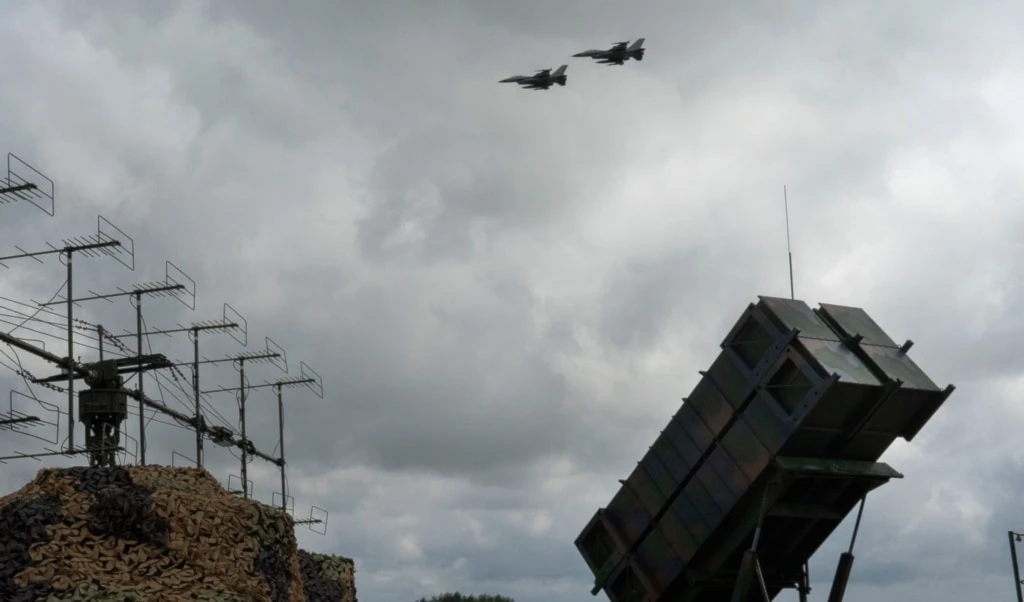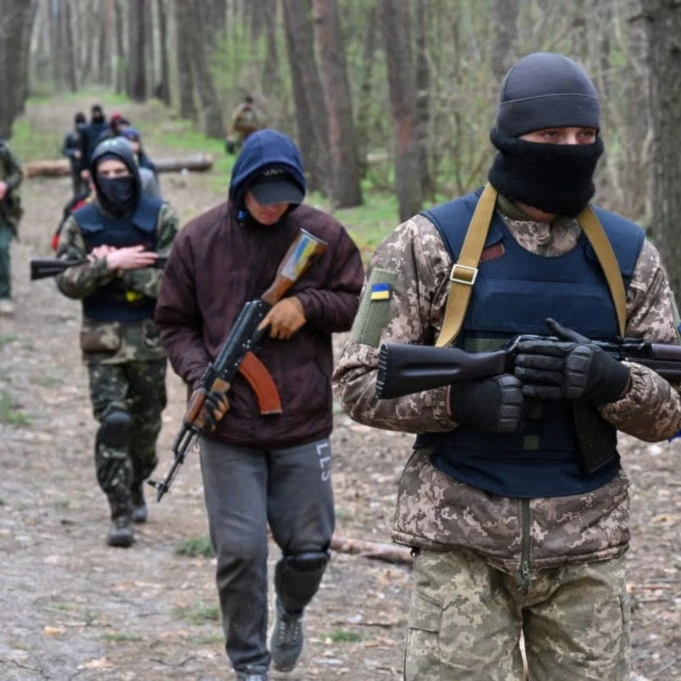UK delivers first Ajax armored vehicles after eight-year delay
UK delivers first Ajax armored vehicles after years of delays and safety issues, while critics question its role on NATO's eastern flank as drones reshape modern warfare.
-

The new British Army Ajax armoured fighting vehicle on dispaly at the DSEI exhibition of military equipment in London, on September 9, 2025. (AP Photo/Alastair Grant)
The British military has officially delivered the first batch of Ajax armoured vehicles, marking a significant, though delayed, milestone in a program that has faced years of technical setbacks, cost overruns, and mounting scrutiny over its relevance on the modern battlefield.
Speaking at the Ajax manufacturing facility in Merthyr Tydfil, south Wales, junior Defense Minister Luke Pollard confirmed that the first 50 Ajax vehicles, each costing nearly £10 million, are now ready for deployment along NATO’s eastern flank.
The announcement comes eight years behind schedule, after previously missed delivery dates in 2017, 2020, and 2021.
"There are a lot of lessons we can learn," Pollard said, noting that the vehicle "took many, many years to contract" and stressing the need to reduce procurement timelines. He added, "Our mission as a country is to support our NATO allies, and in particular to secure the eastern flank."
The British Army's Ajax delivery comes after the programme was halted in 2020 and 2021 due to serious safety concerns, as initial testing revealed excessive vibration and noise, with at least 11 soldiers placed under long-term medical monitoring due to hearing damage, including tinnitus.
Pollard declined to specify how many service members remain affected, citing patient confidentiality, but insisted the issues are now resolved. “Those issues are firmly in the past,” he said. “If it were not safe, we would not be putting it in the hands of our armed forces.” Although a demonstration showed the vehicle remains noisy, military sources said dual hearing protection, earplugs, and over-ear defenders significantly improved safety conditions.
UK military defends Ajax relevance in drone-dominated warfare
First commissioned in 2010, the Ajax was designed for high-tech armored reconnaissance, equipped with advanced sensors and cameras. However, its delayed rollout places it into service during the fourth year of the war in Ukraine, where cheap drones have reshaped battlefield dynamics and made traditional armor more vulnerable.
Critics have questioned whether the General Dynamics Ajax contract, worth £5.5 billion for 589 vehicles, remains a sound investment. But soldiers and defense officials argue that the UK’s approach to warfare differs from that of Ukraine, which has relied heavily on trench-based tactics.
“We wouldn’t fight like the Ukrainians,” said L/CoH Andrew Rawlinson, an Ajax vehicle commander, adding that drones have operational limitations, particularly in bad weather or with short battery life. “We haven’t got to think, the second it’s windy we can’t put our drones up,” he said.
The armored reconnaissance vehicle is built for stealth, speed, and sustained deployment. The core Ajax model allows a crew of three to remain inside for up to a week without exiting, operating in the “grey zone” or even behind enemy lines.
The vehicle’s sensor suite enables it to scout targets up to five miles away. While military sources acknowledge that drone technology has grown in capability, they argue that Ajax fills a different niche, especially in combined arms operations alongside jets, infantry, and artillery.
Beyond military capabilities, the UK Ministry of Defense maintains that the Ajax program is a key part of sustaining national defense infrastructure and employment. Over 4,100 jobs in the UK are linked to the project, supporting the defense sector's industrial base.
The Ministry has ordered 589 Ajax vehicles and variants, with full delivery expected by the end of the decade. While the rollout has been marred by delays, government officials continue to position the program as essential to maintaining the UK’s long-term military readiness.

 4 Min Read
4 Min Read










